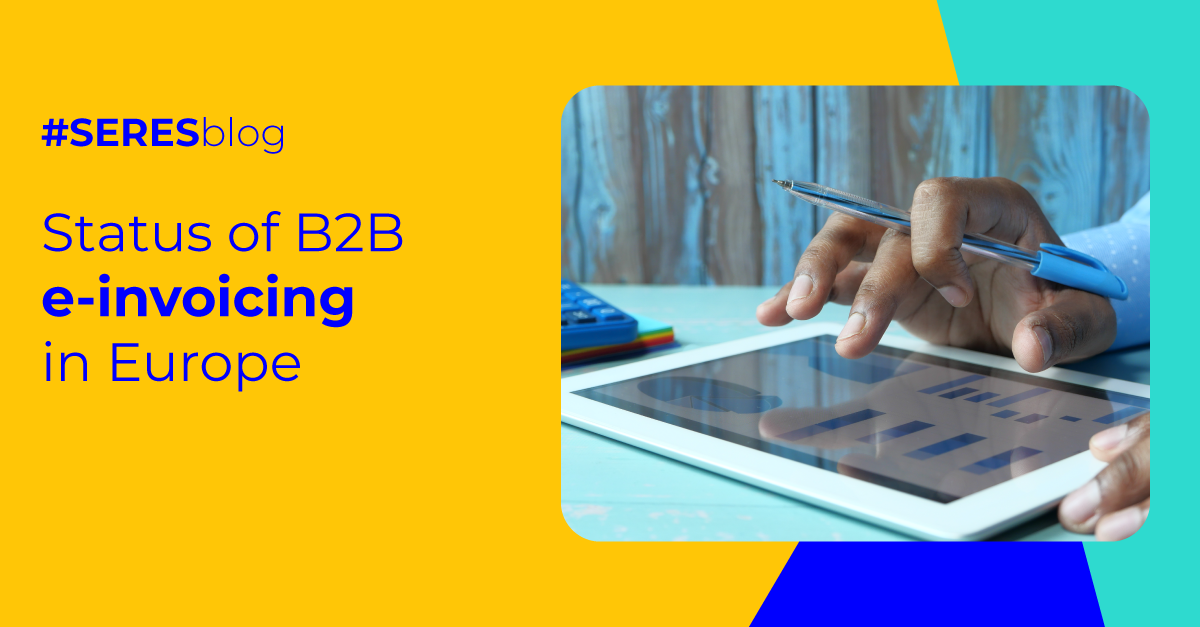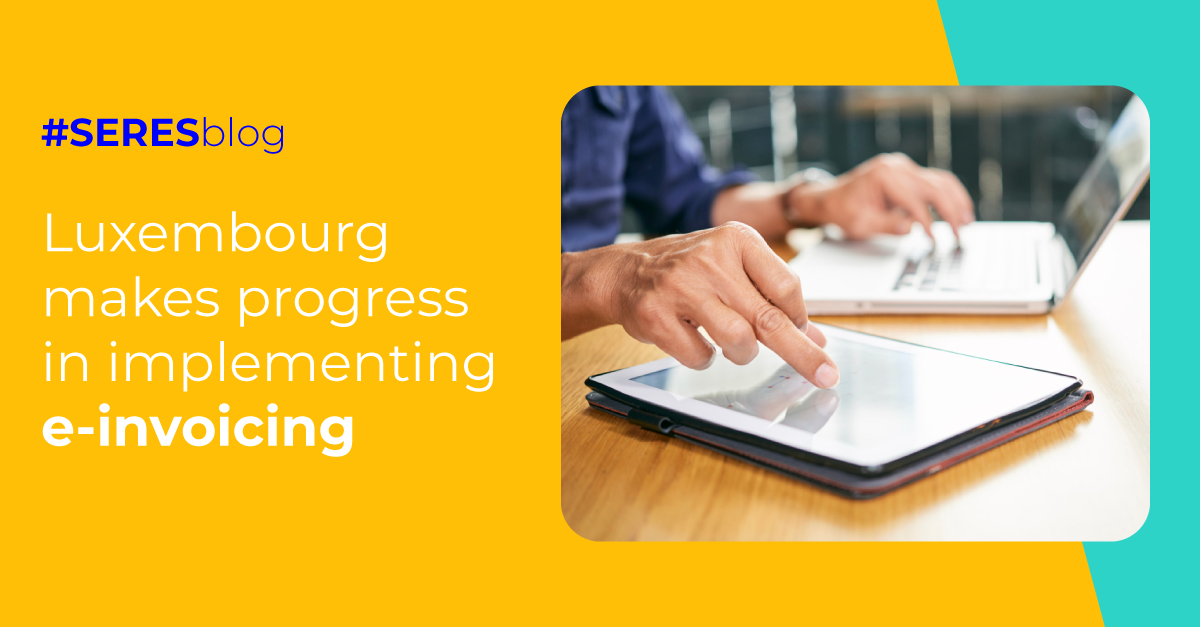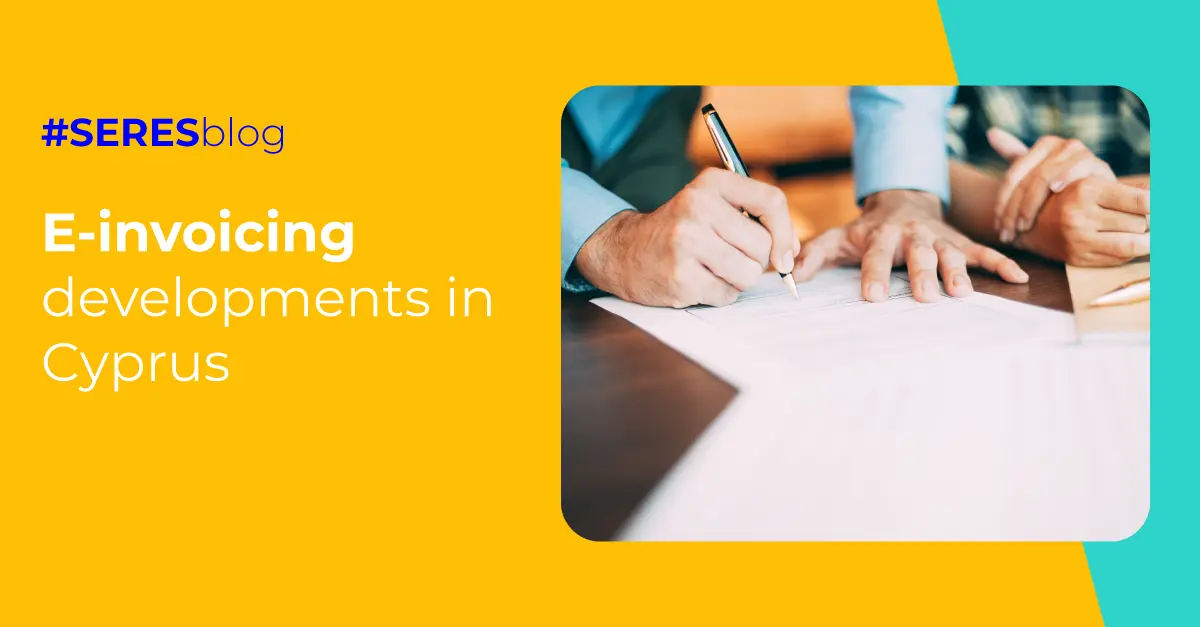Discover the keys and status of e-invoicing in Finland
Finland was one of the pioneering countries in the adoption of electronic invoices. In 2014, the implementation of e-invoicing in public procurement (B2G scope) commenced as a result of the Public Administrations Financial Management Strategy (2014-2020).
In practice, the use of e-invoicing in Finland has been mandatory since 2010, as stipulated in the Finnish government programme. In accordance with the Act on e-invoicing of contracting entities and traders, B2G transactions are legally required to be conducted electronically.
In April 2019, the Finnish Information Society Development Center (TIEKE) made a significant stride towards the massification of e-invoicing in Finland, following the European Directive 2014/55/EU.
Subsequently, central and regional authorities are required to receive their invoices in Finvoice 3.0 and TEAPPSXML 3.0 formats, which adhere to the standards established by the European Union.
In contrast, local authorities were included in the programme from April 2020.
Status of B2B e-invoicing in Finland
The introduction of mandatory B2B e-invoicing in Finland is closely linked to the ViDA project, which aims to implement structured e-invoicing throughout the EU from 2030.
Indeed, the country's tax authority has successfully completed the second phase of the pilot technical test of VAT invoice data exchange based on ViDA's digital reporting requirements.
Nevertheless, as of April 2020, resident companies with an annual turnover of more than €10,000 are entitled to request that suppliers submit e-invoices.
How does the e-invoice system work in Finland?
In Finland, e-invoices are processed at the Finnish Government Shared Services Centre for Finance and HR (Palkeet).
Additionally, e-invoices may be received by central, regional, and local authorities through TIEKE and PEPPOL network.
Since 6 April 2021, economic operators and service providers have been obliged to exchange, validate and process electronic invoices that comply with the European standard.
Should the sender lack the requisite technical capacity to issue e-invoices in accordance with the European standard, both parties to the transaction may enter into a bilateral agreement to manage the invoicing in a mutually convenient manner.
This allows for greater flexibility and ensures that business operations can continue uninterrupted. The bilateral agreement may also encompass the utilisation of other electronic invoicing formats that are mutually acceptable to both parties. This approach ensures that companies can comply with the relevant invoicing requirements.
It is obligatory to complete the mandatory fields in the national format in accordance with the provided descriptions. These include the invoice number and the invoice date. It is obligatory that European standard codes are included on electronic invoices, unless otherwise agreed between the seller and the buyer.
The content of summary invoices shall be negotiated separately between the buyer and seller. Furthermore, consolidated electronic invoices are not permitted under any circumstances.
The importance of eKuitti in the Finnish model
In Finland, the implementation of electronic receipts (eKuitti) commenced in autumn 2019 and is anticipated to be fully operational by 2025.
The eKuitti have been designed with the intention of facilitating the tracking of transactions, improving the accuracy of accounting practices and reducing instances of tax fraud. Furthermore, the provision of a digital record of all transactions simplifies the task of the tax authorities in terms of monitoring and auditing.
Electronic tax reporting in Finland
The European Union (EU) has put forth a series of proposals pertaining to Value Added Tax (VAT) in the digital age. These proposals encompass the harmonisation of Digital Reporting Requirements (DRR) and the implementation of Continuous Transaction Controls (CTC) invoicing models.
These initiatives are designed to modernise and unify the VAT system across the EU, thereby facilitating cross-border trade and improving efficiency and tax collection.
The objective of e-Reporting in Finland is to integrate the three pillars of VAT in the digital age in order to combat tax fraud. Furthermore, it is designed to streamline the VAT system and reduce the administrative burden.
Nevertheless, the specifics of the proposals require further clarification, and the potential financial impact on businesses and the Tax Administration must be quantified.
In this context, the Finnish Government submitted a formal request to the Parliament in the form of a letter, U 103/2022 vp, on the ViDA (VAT in the Digital Age) proposals, published on 8 December 2022. This letter serves to highlight the necessity for a comprehensive examination and meticulous evaluation of the consequences of the ViDA project.



